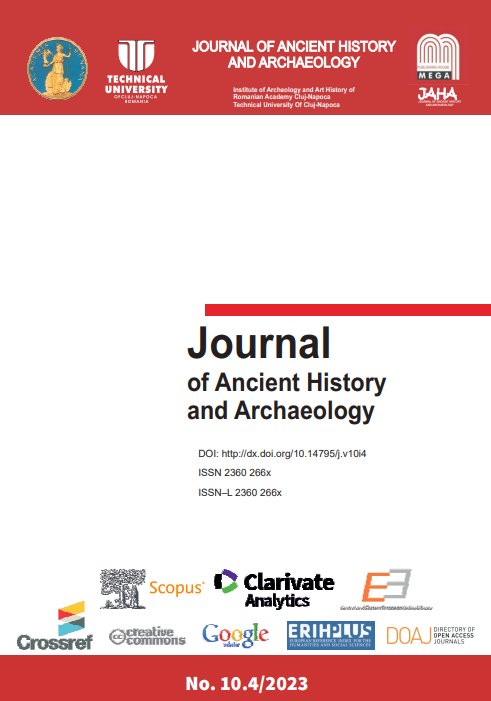INDO-EUROPEANS IN ANCIENT ANATOLIA
INDO-EUROPEANS IN ANCIENT ANATOLIA
Author(s): Stanislav GrigorievSubject(s): History, Cultural history, Local History / Microhistory, Ancient World
Published by: Editura Mega Print SRL
Keywords: Indo-European origins; Anatolia; Balkans; Neolithic; Bronze Age; migrations;
Summary/Abstract: Several Indo-European languages were recorded in Anatolia: Hittite, Luwian, Palaic, Phrygian, Thracian, Greek and Armenian. However, there are no archaeological or genetic traces of migrations of speakers of these languages from other areas. Recent works in archaeology, linguistics and paleogenetics have shown that the Indo-European homeland should be sought in western Asia. Archaeological materials from eastern Europe, Iran, Greece and Thrace allow migrations from Anatolia and northern Mesopotamia to be identified and linked to particular languages. But it is difficult to associate any ceramic type with a specific group. The only possibility is to study the distribution of ceramic types, genes and language contacts. This demonstrates that proto-Indo-European originated in northern Mesopotamia. In the Late Neolithic, some of its speakers migrated to the Balkans, which resulted in the separation of proto-Anatolian. In the Chalcolithic, other groups moved into eastern Anatolia, the Caucasus and Iran. In the Early Bronze Age, speakers of proto-Greek, proto-Thracian and proto-Phrygian migrated from this region to western Anatolia, and some to the Balkans. At the EBA transition, speakers of the Anatolian dialects migrated back to Anatolia. Thus, by the early 2nd millennium BC a significant part of Anatolia was inhabited by the Indo-Europeans.
Journal: Journal of Ancient History and Archaeology
- Issue Year: 10/2023
- Issue No: 4
- Page Range: 5-31
- Page Count: 27
- Language: English

